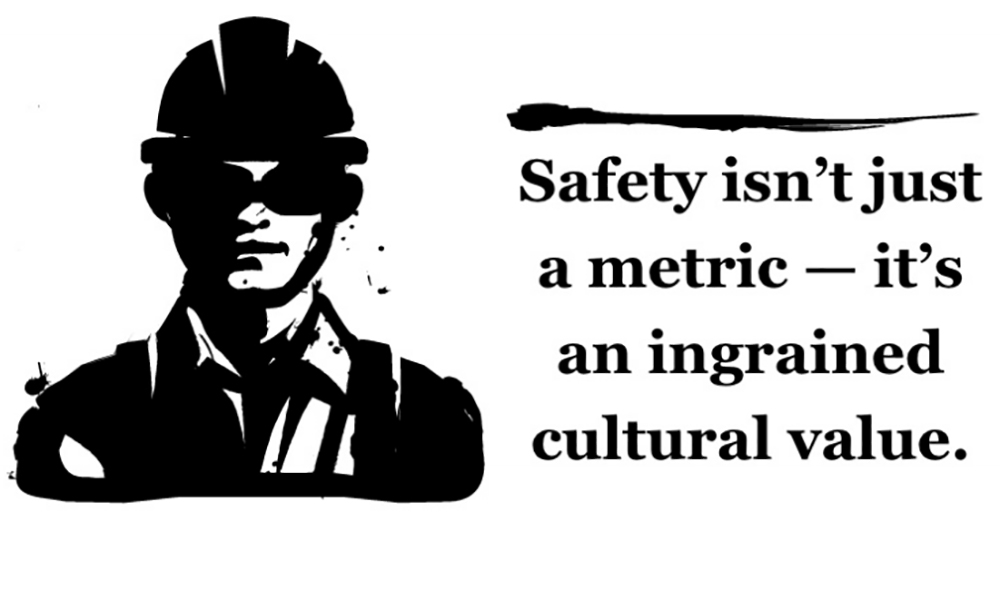
Safety isn’t just
a metric — it’s
an ingrained
cultural value.
Safety isn’t just
a metric — it’s
an ingrained cultural value.
Selecting for Safety
One critical aspect of a project is evaluating what labor is needed for the job. There are many steps involved in this process, including gathering referrals, soliciting bids and identifying the type of subcontractors needed — excavators, plumbers, electricians, masons, carpenters, roofers and more.
In addition to evaluating a subcontractor’s credentials, experience and availability, an important quality to look for is a safety record. This includes checking safety performance as expressed through Total Recordable Incident Rate (TRIR) and Days Away, Restricted or Transferred (DART) rate, two metrics tracked by the Construction Industry Institute and the Bureau of Labor Statistics.
While subcontractor safety is of the utmost importance, aligning safety values with the client is equally imperative.
“By pre-qualifying clients, you are able to evaluate if your company’s safety culture matches theirs,” Butler says. “During that process, you might identify that you don’t have the same safety standards, which could be seen as a risk for the project.”
In such instances, additional resources and standards should be added to the project scope so that all parties are on the same page — that safety is No. 1.
Analyzing for Safety
Well-known in the industry, a hazard is the potential for harm. It is associated with a condition or activity that can result in injury or illness. A job hazard analysis is a technique that focuses on job tasks as a way to identify hazards before a problem can occur. This entails looking at the relationship between the worker, the tools, the environment and the task at hand.
Using a job hazard analysis is one of the most efficient ways to establish proper working procedures. One form of a job hazard analysis is the PTA, a daily safety meeting used in construction as an effective communication tool to help protect the safety and health of employees on the job site. The PTA includes identifying the basic tasks of a job, recognizing hazards associated with each task, and creating recommendations for controlling or eliminating those hazards.
Using the findings of the PTA, supervisors and site managers can better eliminate and prevent hazards out in the field.
Succeeding With Safety
Safety is a commitment that is built into the plans, designs, construction and operations of each project. To be successful in achieving zero incidents, it’s important to integrate safety within every step — from concept to completion.



.png)